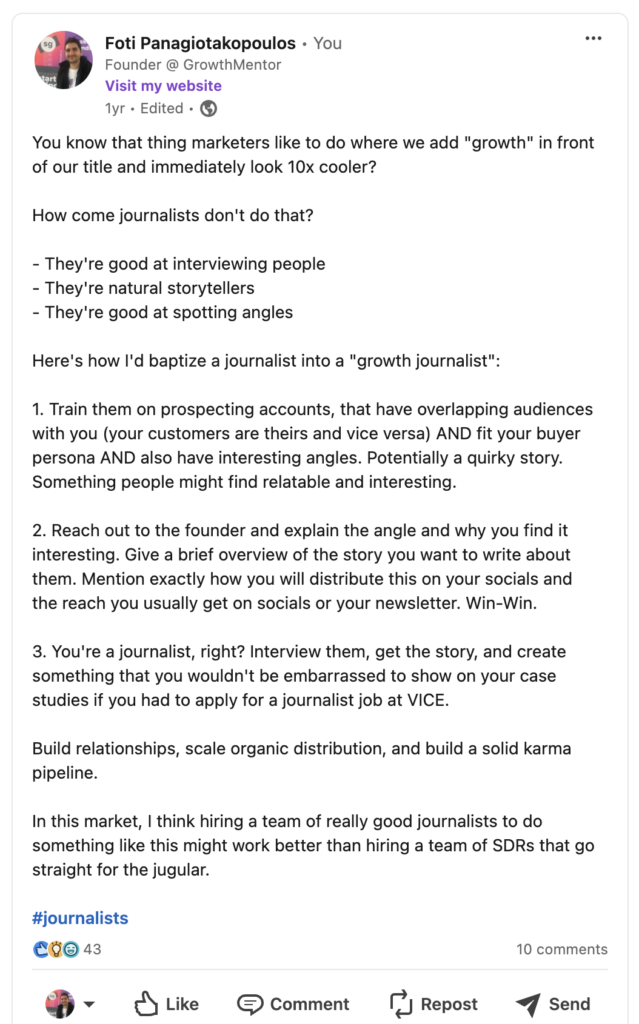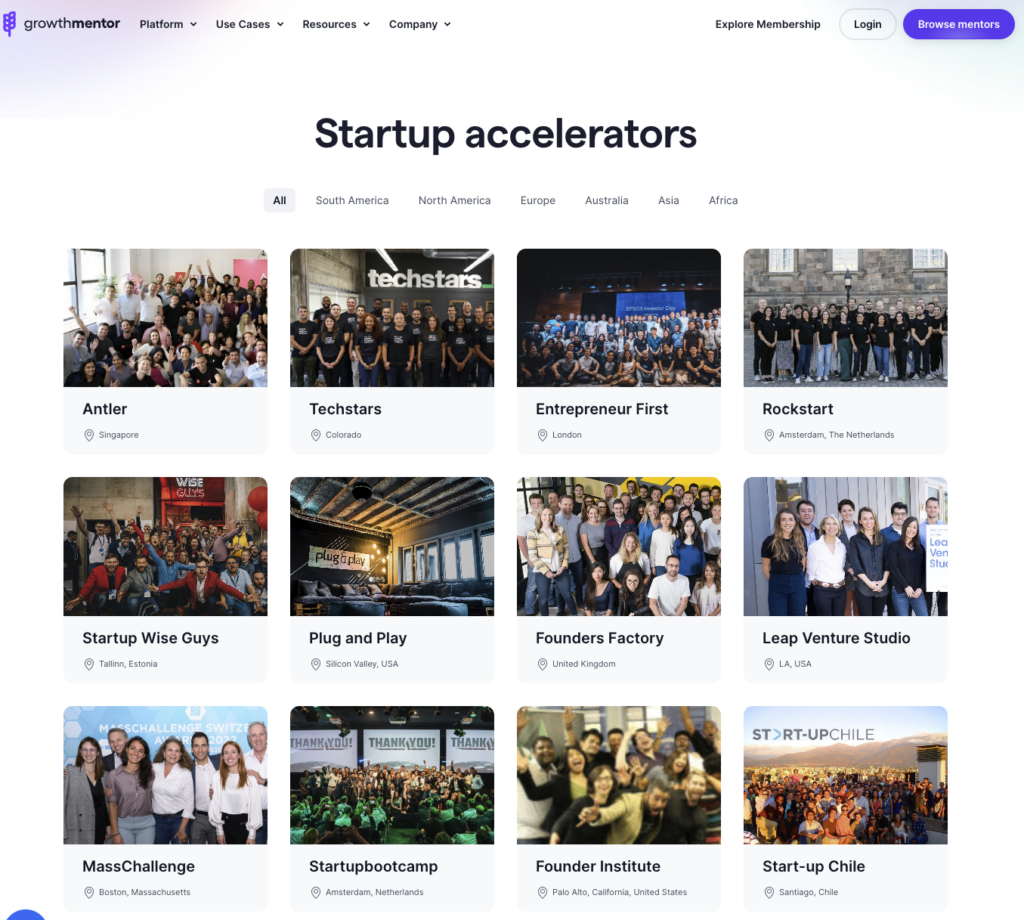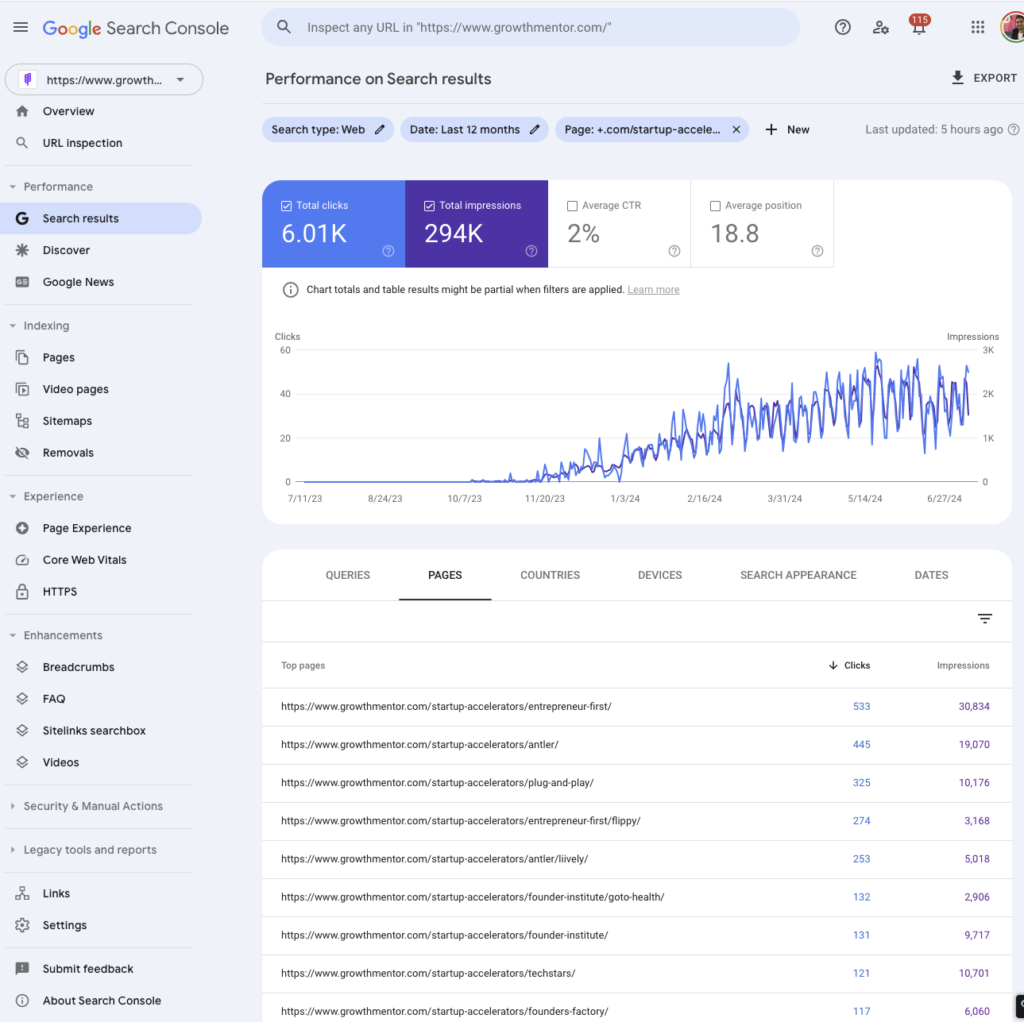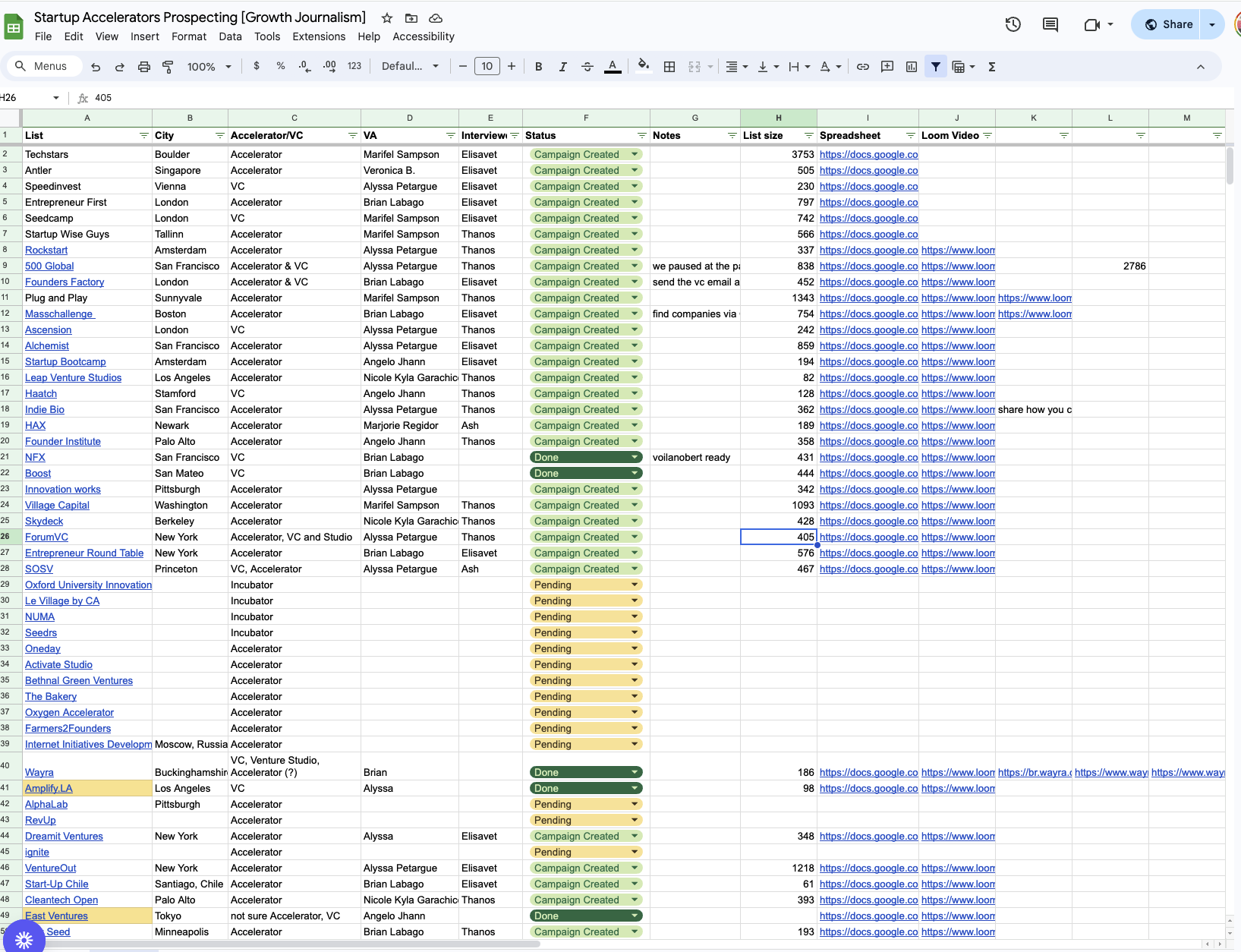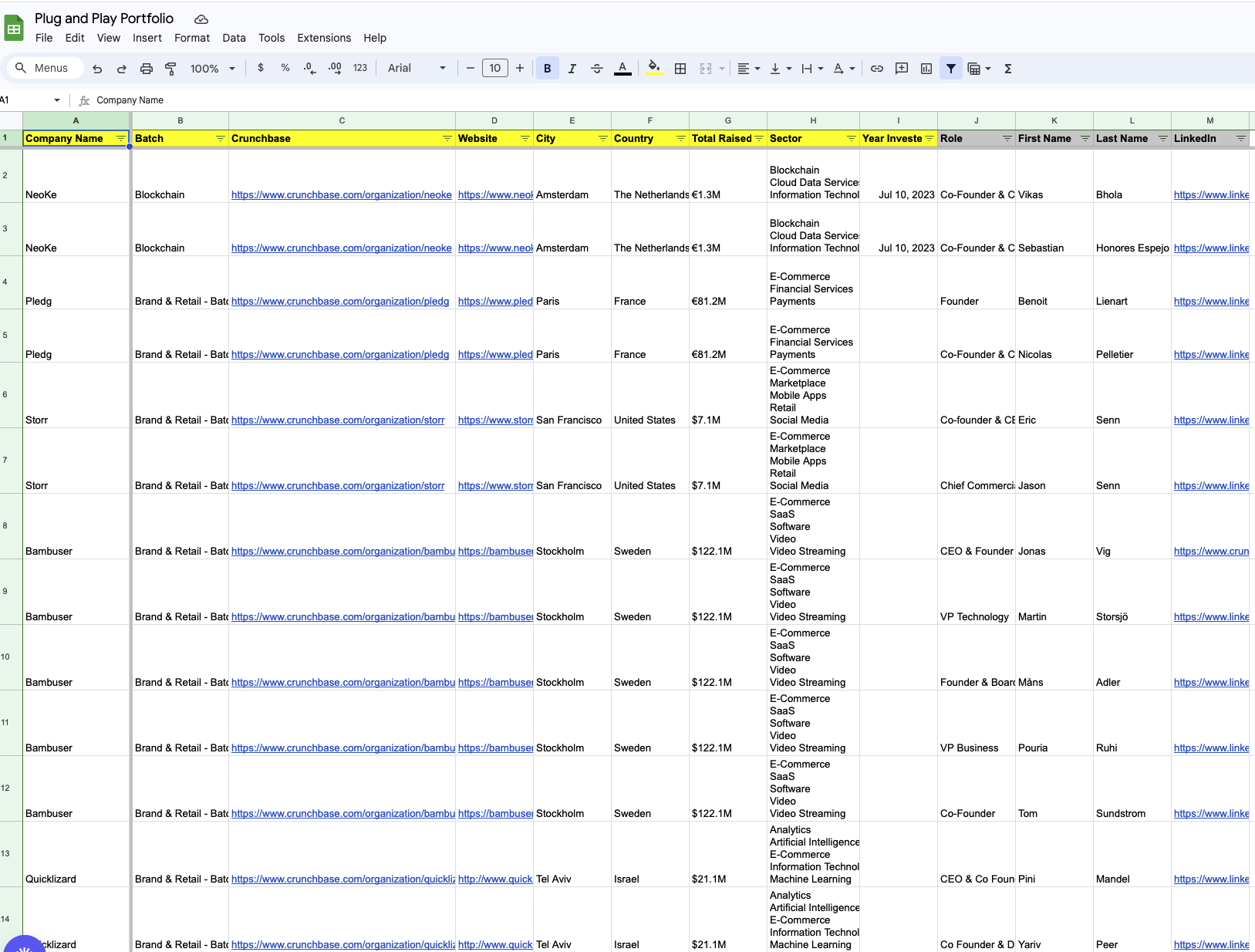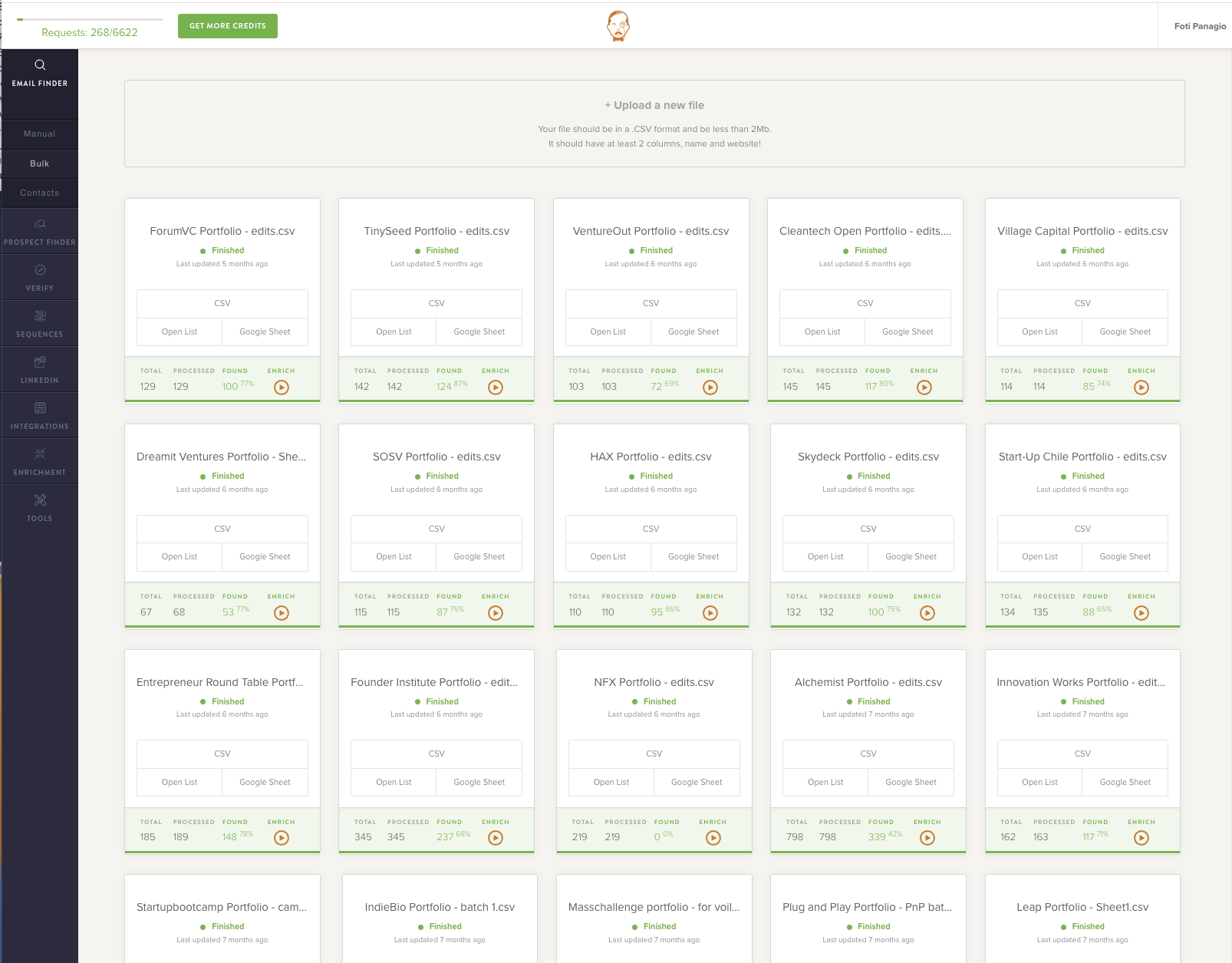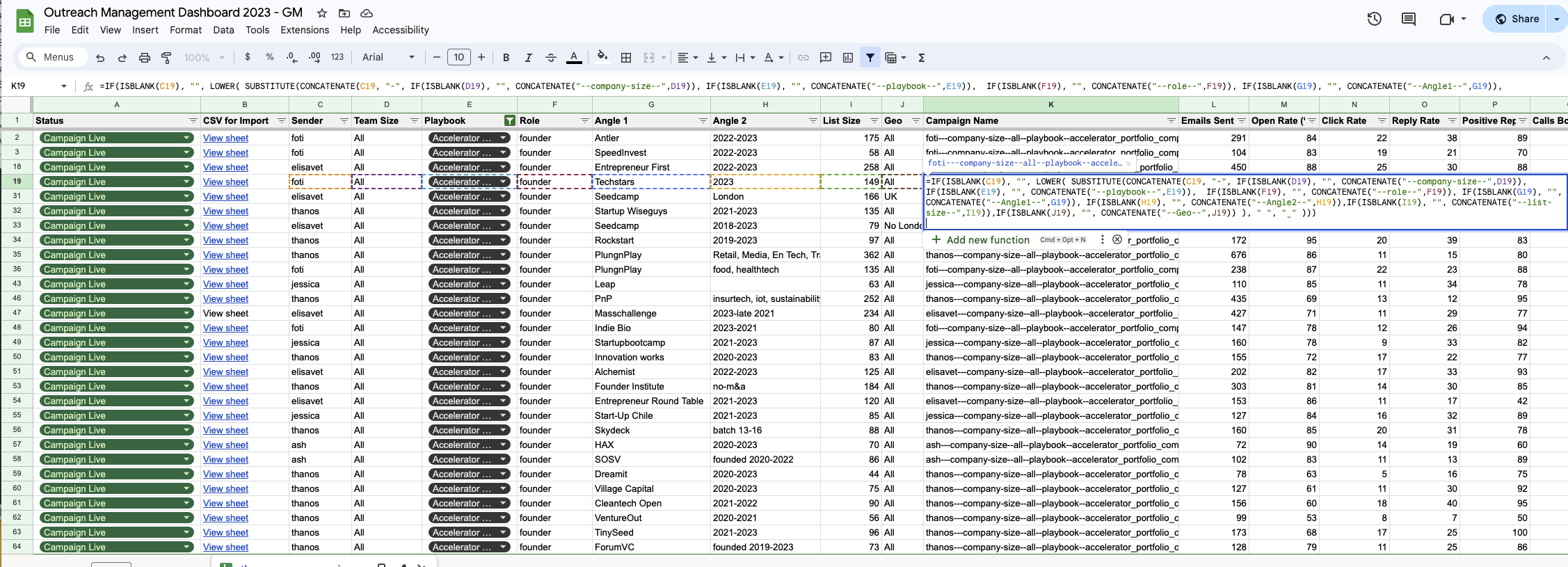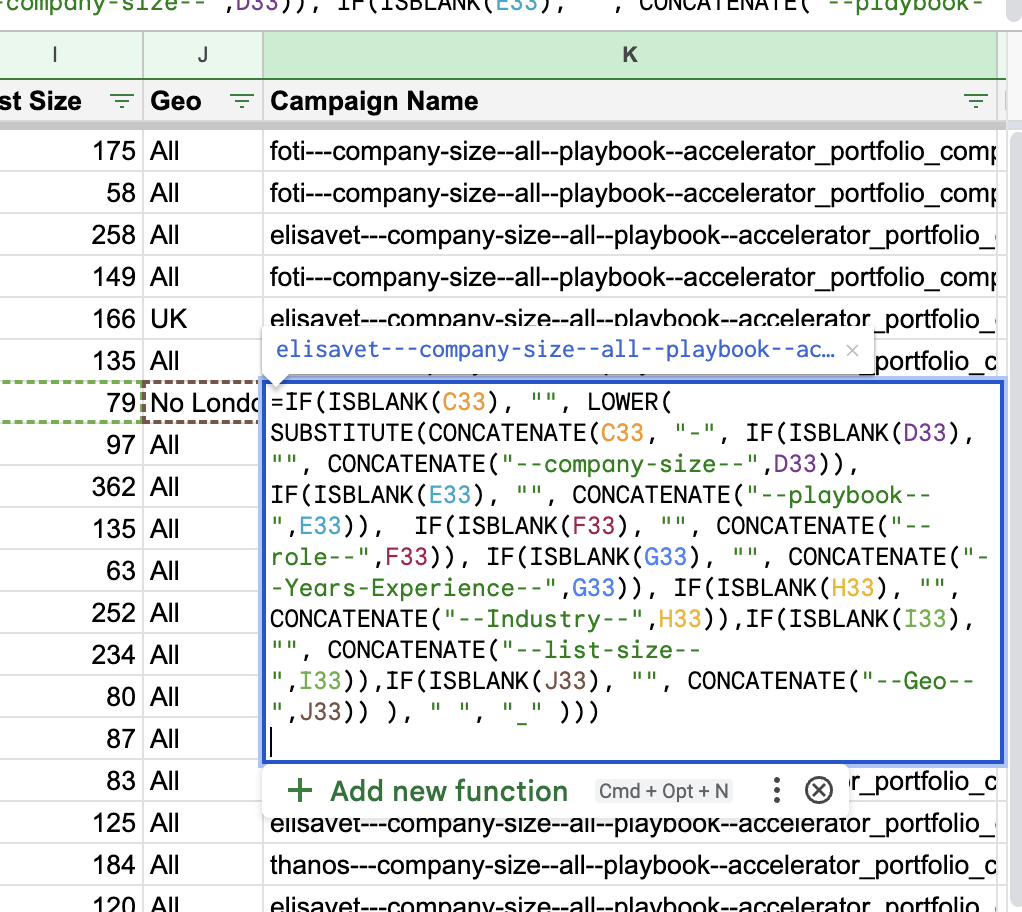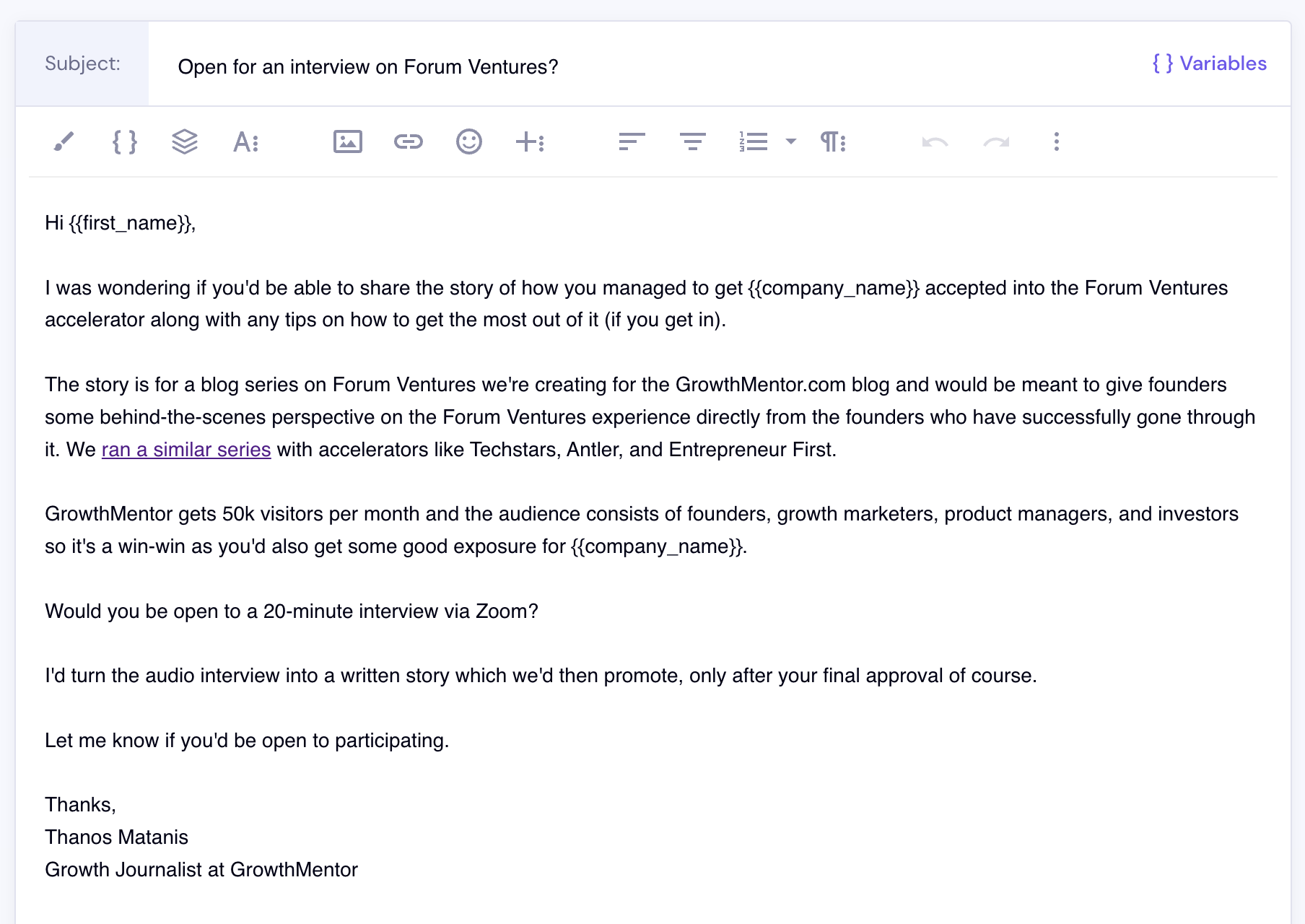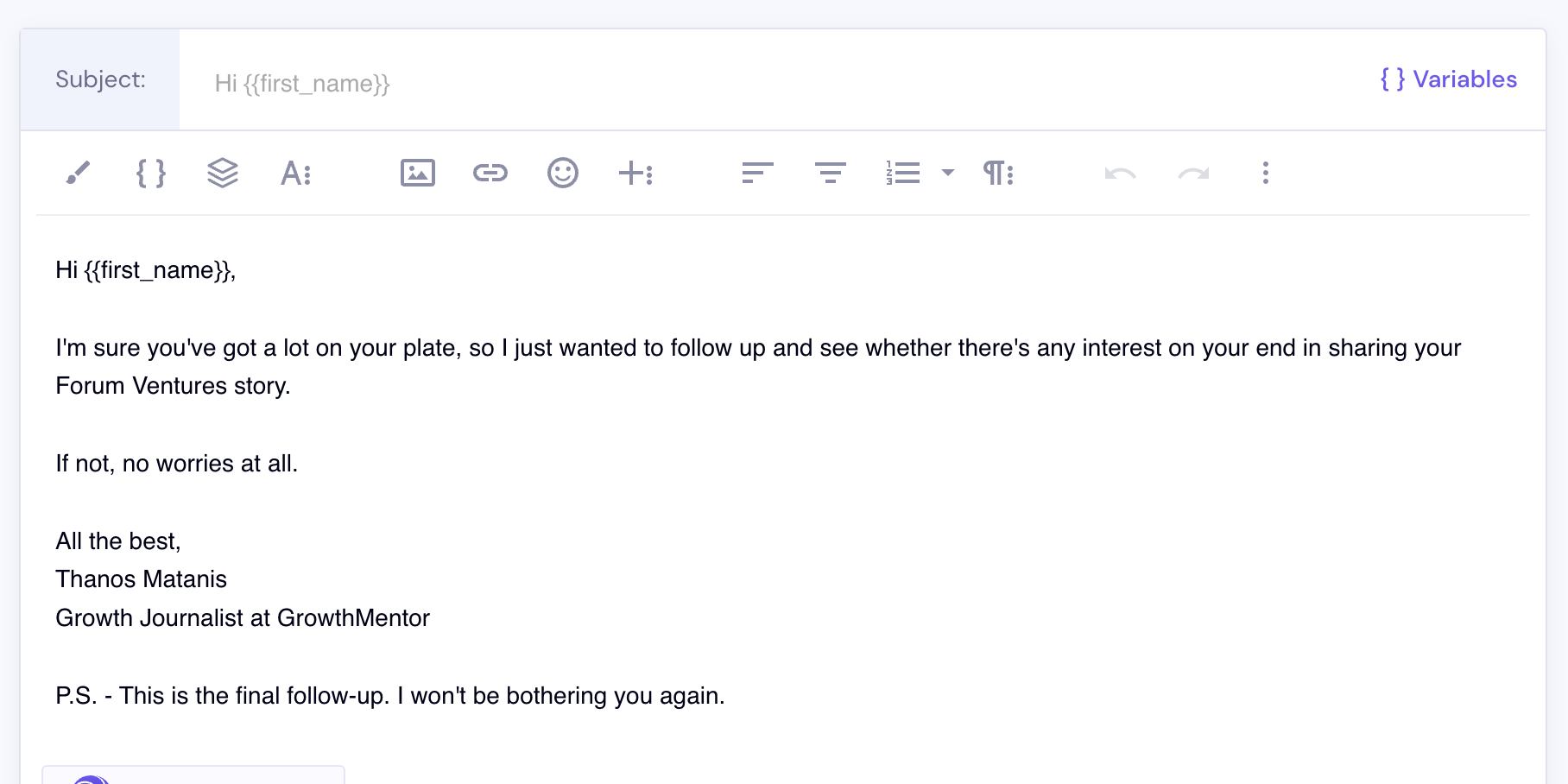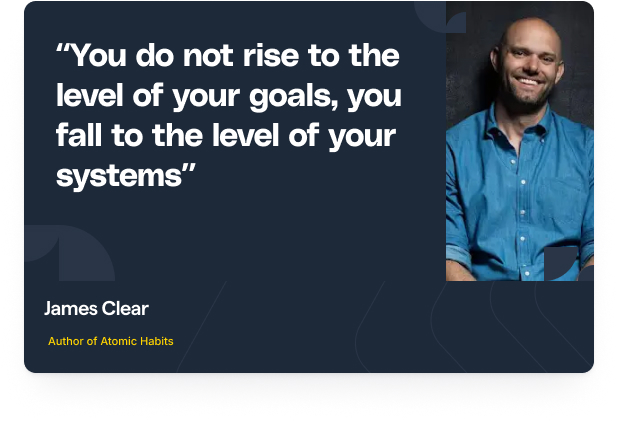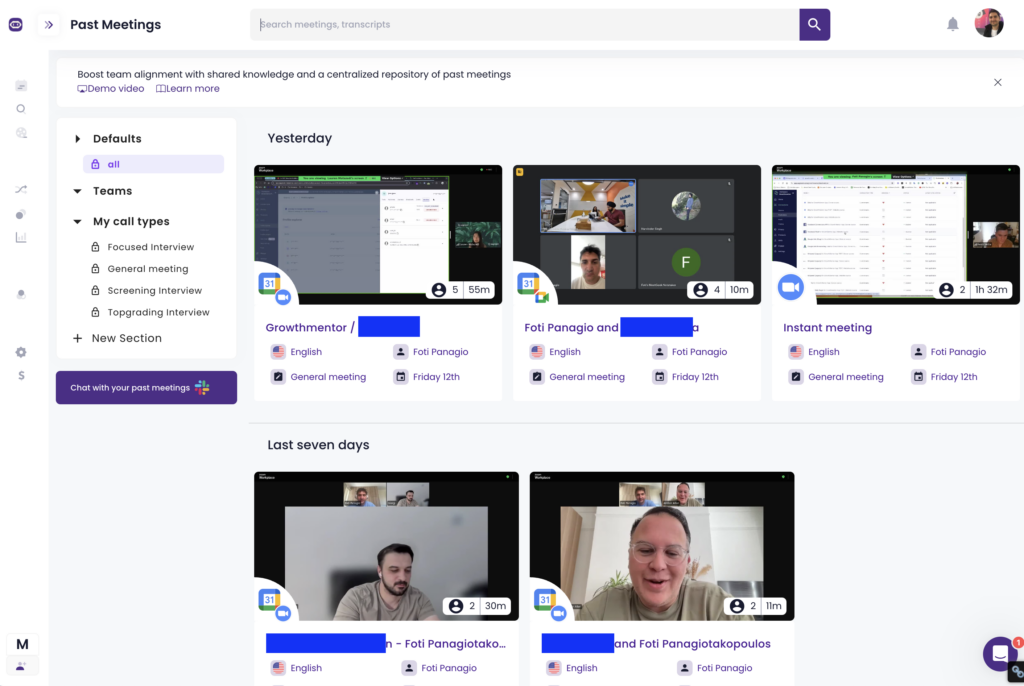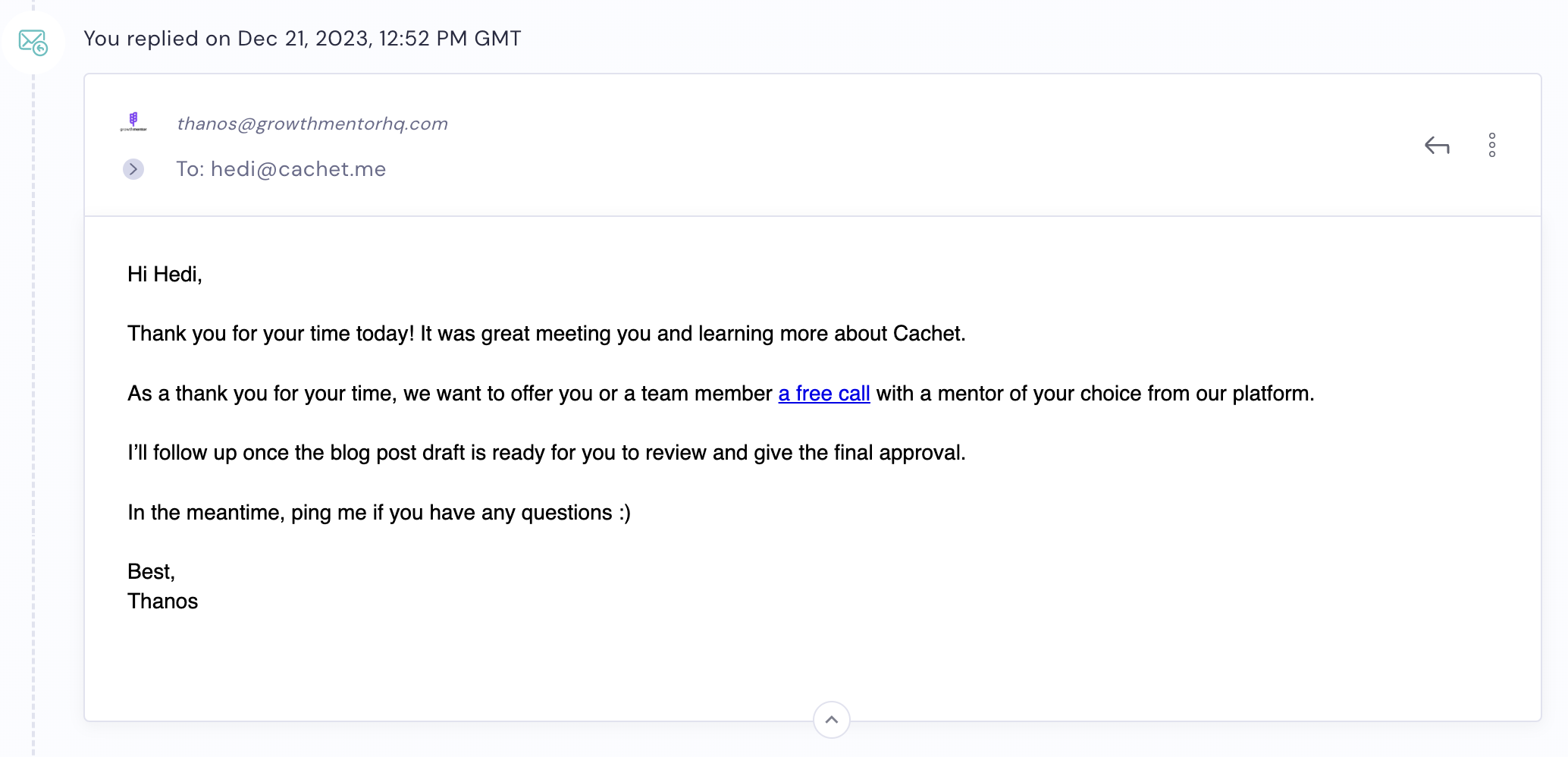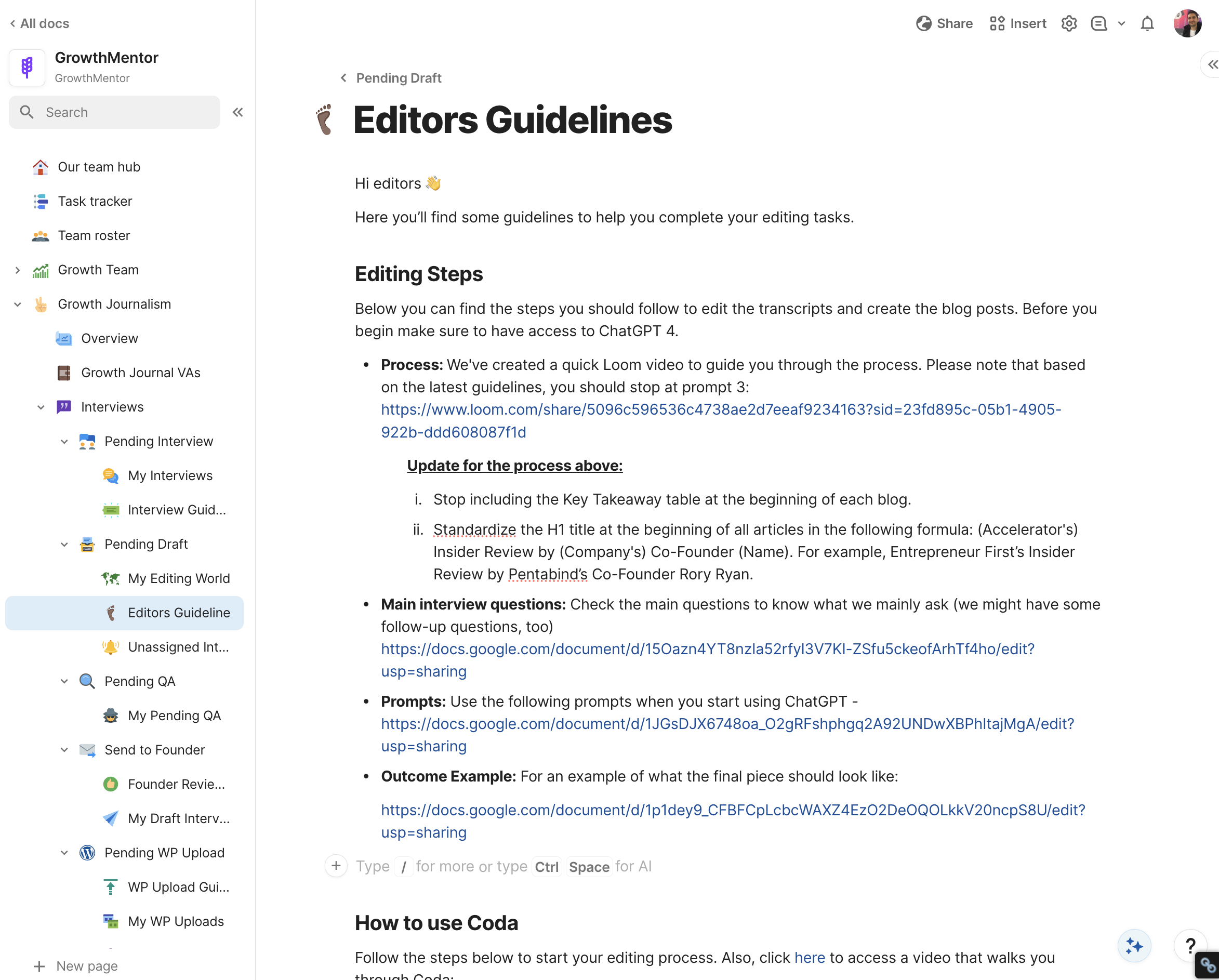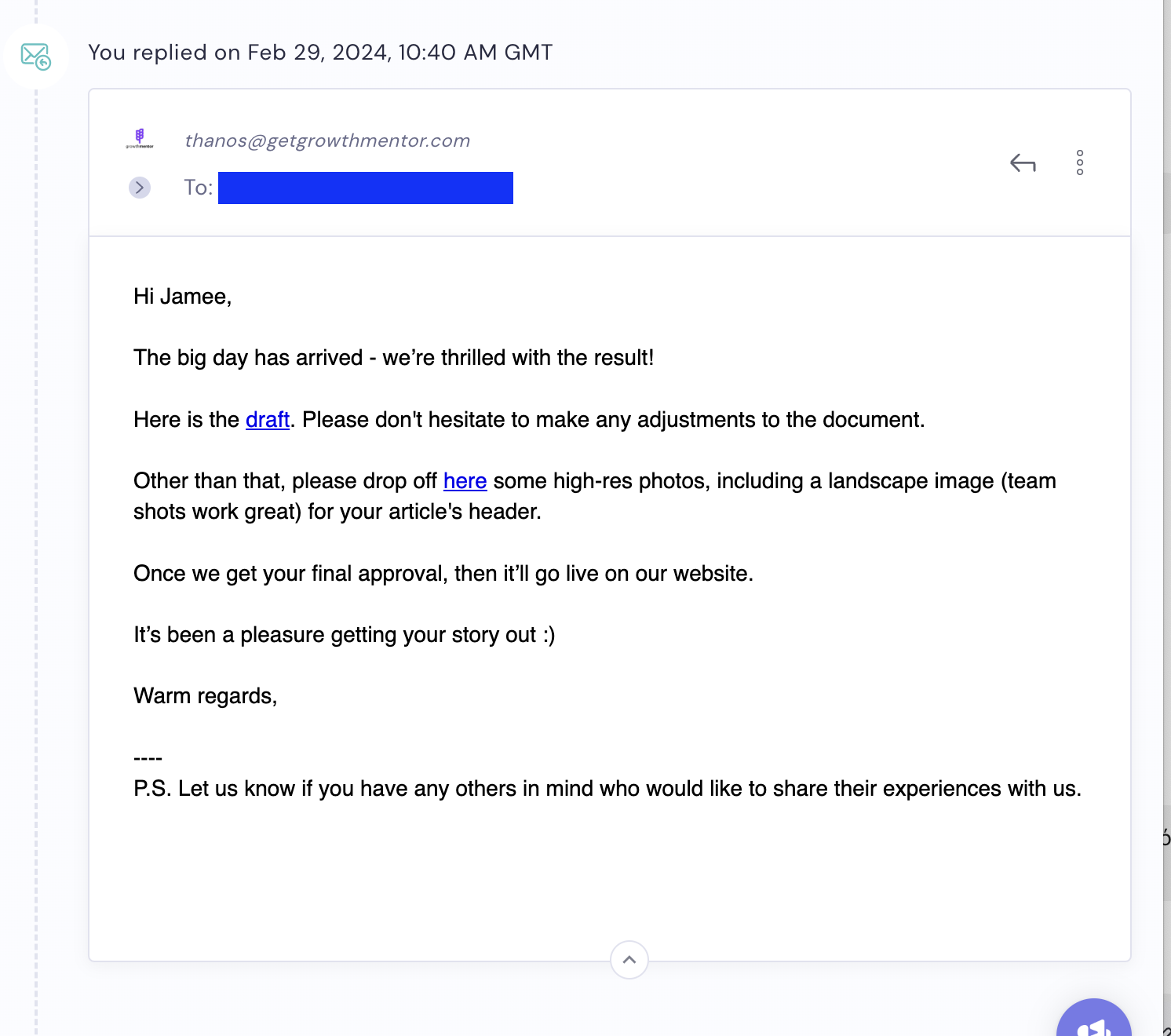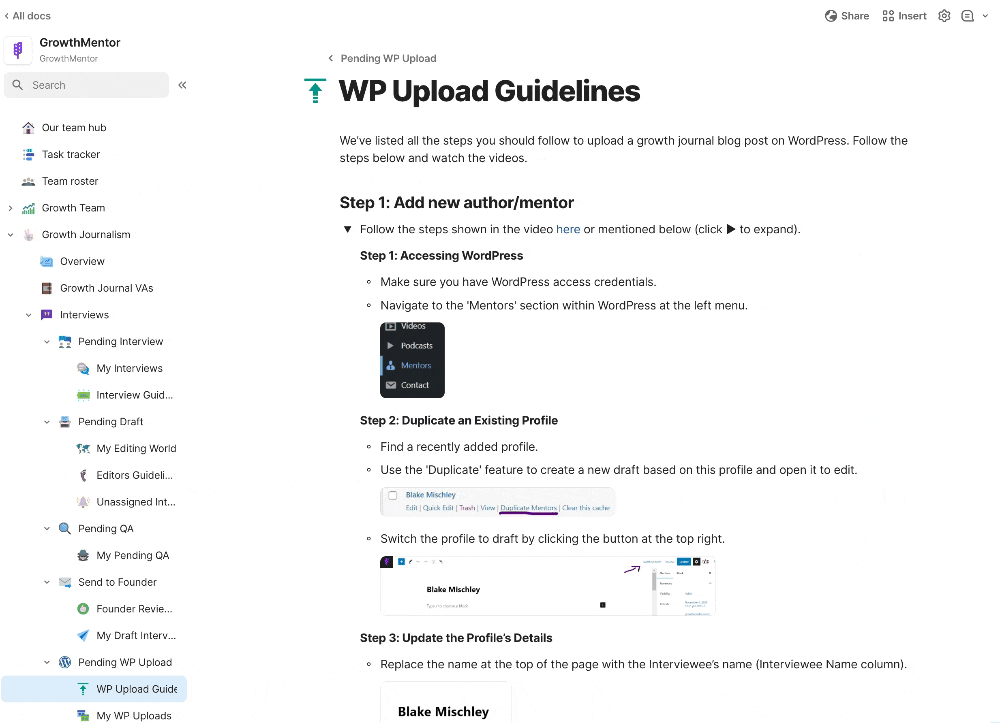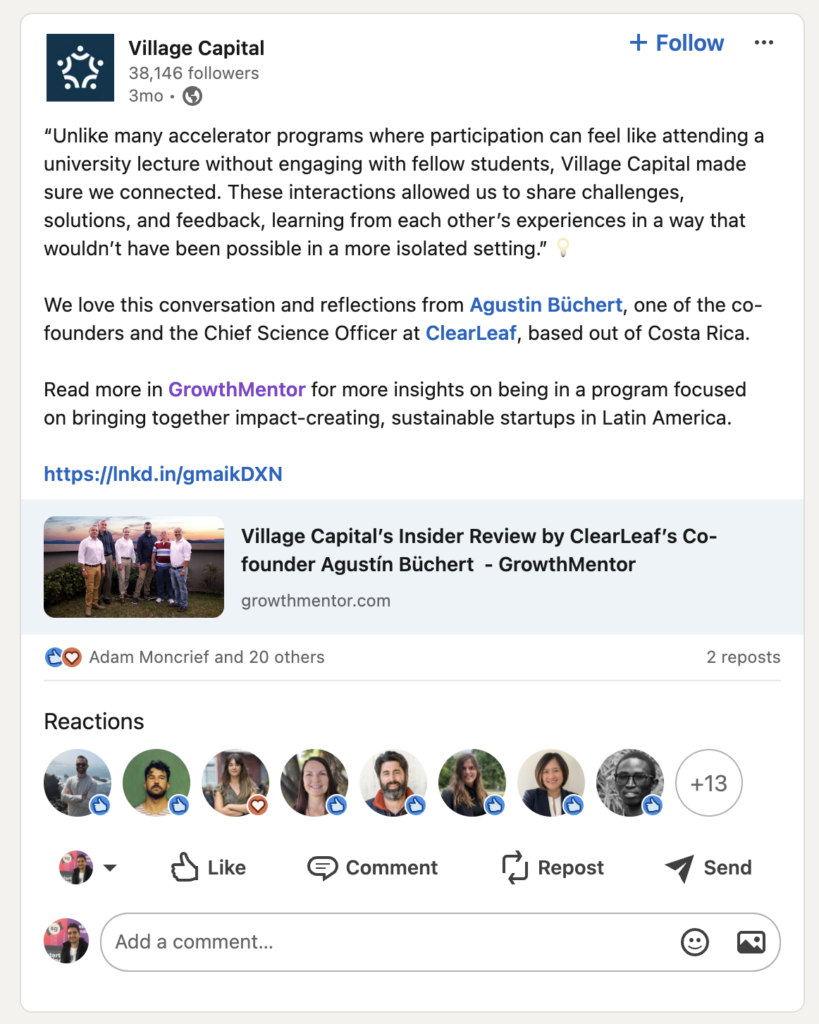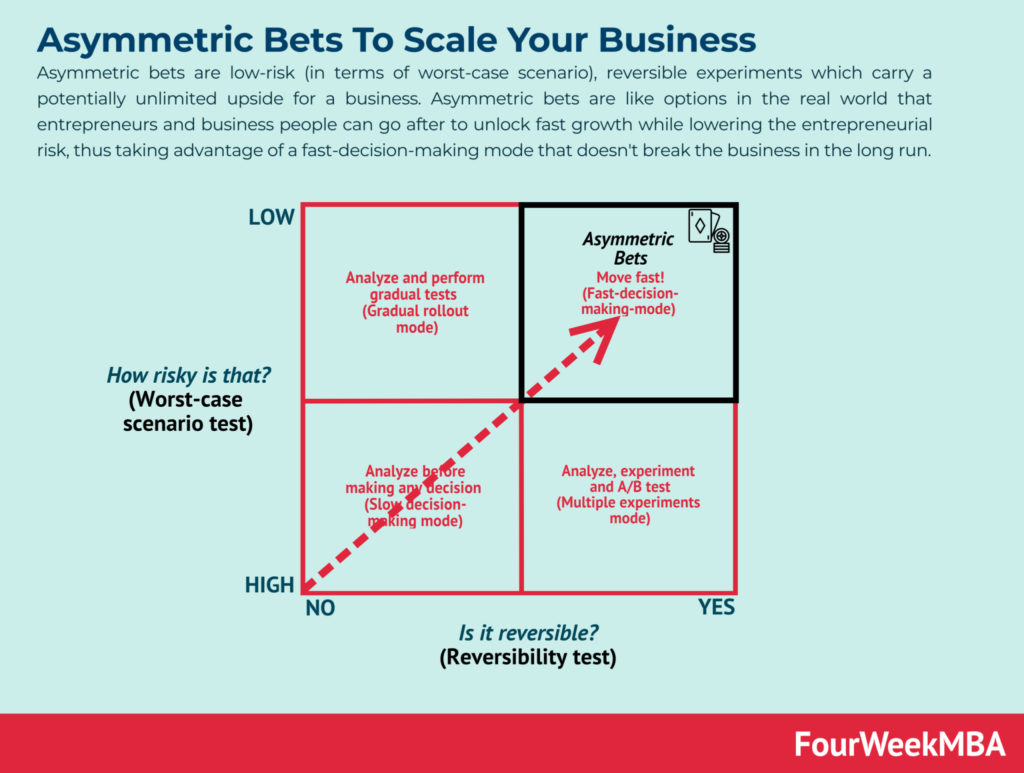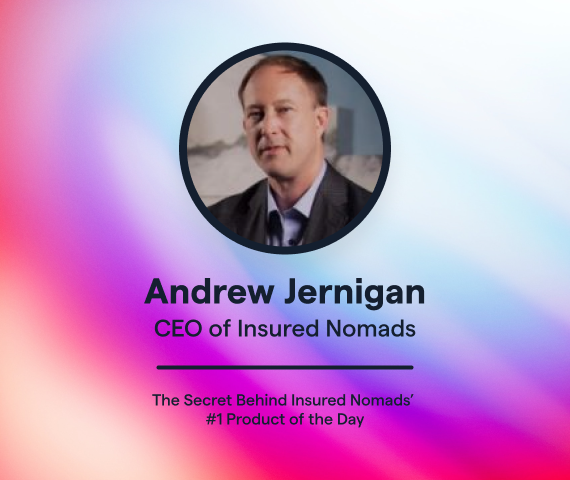GTM Playbook: Growth Journalism [Case Study]
I see a lot of people complaining on LinkedIn about the quality of the modern feed.
- Too many selfies 🤳
- Too much guru
thoughtleadership - Too much this, that, the other
I personally don’t care.
People gotta do; what they gotta do; when they gotta to it.
Who’s to judge? 🤷♂️
I think the most personally responsible action we can take is simple.
Follow the golden rule.
Do unto others as you would want them to do unto you
What would I personally want creators on LinkedIn to do unto me?

Foti Panagiotakopoulos - Founder @ GrowthMentorI’d want to consume content that told me a story of how someone came up with an idea, derived an actionable strategy, and actually executed it.
And I’d want them to show me their work.
For real though.
I’m gonna attempt to give it a shot and create the exact type of content that I’d want to consume from someone else. 😅
The idea: Growth Journalism
“Growth Journalism” as a GTM play is an idea I had about around a year ago, first mentioning on this LinkedIn post.
What is Growth Journalism?
- A strategy for customer acquisition through relationship-driven content.
- Community-building focus.
Why Growth Journalism?
- Substitutes 1% cold email reply rates with 30%+ in Growth Journalism campaigns.
- Facilitates sales via warm relationships and pain point insights.
- Multiplies reach through organizational partnerships.
- SEO fallback benefit in case nothing else works
Hypothesis
Our hypothesis was that the most authentic content is UGC, and by interviewing the founders that went through the accelerators to candidly speak about their experience, and distributing that content, we could:
- Get more startup accelerators to know about us.
- Get more founders to know about us.
It’s a no brainer to meet where the two ICPs converge on Google search.
And that’s when founders go shopping to consider their funding options and google things like:
- {{insert.accelerator}} review
- {{insert.accelerator}} application process
- {{insert.accelerator}} acceptance rate
- {{insert.accelerator}} interview questions
At this point they’re still bootstrapped and the #1 thing they can do to help them raise funding at this point is to show traction before they run out of money or burnout.
This is where GrowthMentor we can coincidentally add the most value to them.
Growth Journalism GTM Playbooks
Playbooks We’ve Ran
1. Startup Accelerators
- What: Interview founders who’ve successfully gone through various accelerators, and publish their stories.
- Why: To understand the impact of accelerators and build relationships with them for mutual benefit.
- Incentive: Founders receive a free “baby” GrowthMentor plan for life, which includes 1 x free session per month.
- End Goal: Get accelerators to distribute a special coupon to their portfolio, potentially reaching hundreds of startups.
Results after 6 months
- 257 interviews
- 6,00 organic search clicks in 6 months
- Ranking positions 1-3 for dozens of valuable search queries
- Lots of win-win opportunities in pipeline
Google Search Console
This is the end result from a google search perspective.
The last interview we published was 4 months ago but we intend to get back on the treadmill after the summer’s over.
And for sure, there are other SEO case studies with MUCH higher numbers, but numbers can be seductively misleading if appraised in isolation from other (potentially higher impact) variables.
But let me show you exactly how we did this.
TLDR; how we did it
- Prospecting: Looked for founders that went through popular startup accelerators.
- Outreach: 2-touch cold email sequence.
- Interview: Get the scoop
- Editing: Clean up transcripts, and edit them. ChatGPT makes this 10x faster now.
- Distribution: Share a Google Drive with ready to post assets to the interviewee after publishing the post.
- Relationship nurturing: Stay in touch. Be helpful. Give them a lite version of your product for free as a “thanks.”
Extended version
Step 1: Shortlist top accelerators
TLDR; 10 minutes of google research to shortlist the most popular ~50 accelerators and create a working sheet.
Step 2: Manual Scrape
TLDR; Build a team of VAs to visit the accelerators’ portfolio pages and manually scrape the startups and their founders
Step 3: Email enrichment
TLDR; Upload contacts to Voilanorbert to find email addresses.
Step 4: Manage campaigns using Google Sheets
TLDR; Keep all campaigns nice and tidy using a centralised sheet and naming conventions across all tools standardized with a CONCATENATE function.
Step 5: Use Smartlead to send emails
TLDR; We used a two email sequence, ran 30 campaigns and sent out thousands of emails with a 30% reply rate with a ~90% positive reply rate
Here are the emails we sent.
Intermission
Step 6: Document everything and build a system
TLDR; We used Coda.io to project manage everything. We built documentation for everything, but as needed. First we’d “do the thing” and then we’d quickly document how we did it after we felt we were in a groove🕺





Step 7: Journalistic approach to interview
TLDR; We ask a number of standard questions, but we’re afraid to go off-piste of the interviewee is volunteering something juicy which could make for more valuable content.
Step 7.1: Interview Operations Management
TLDR; We used Calendly for booking, Zoom for conference tool, and MeetGeek.ai for call recording.
Step 8: Post-Interview Thank You
TLDR; Right after the call, we’d follow up with some info on what they should expect next, along with a free session on GrowthMentor as a “thanks.” Zero-hard pitching.
Step 9: Editing
TLDR; We hired 3 freelancers from Upwork who would take the raw transcripts and edit them with the help of ChatGPT. Before we did this we ran the process internally for 2 weeks to iterate and smoothen out any kinks in the process.
Step 10: Share draft
TLDR;. Once the editing’s done, give the interviewee a chance to review it and request any edits.
Step 11: Publish on WordPress
TLDR; Once interviewee approves the draft, we upload it to WordPress. We delegate this to a VA from Upwork.
Step 12: Publish!
TLDR; Once we publish the post, share it with the interviewee, and ask them to share it on their socials. Sometimes we’d get lucky and the accelerator itself would get wind of the interview and share it on their socials.
Step 13: Keep in touch
TLDR; Keep good notes. Any CRM can help you with this. Follow-up with the interviewees that had opportunity. Could be sales, partnership, friendship, whatever.
Conclusion
Did growth journalism work?
If you consider the amount of 💰 and ⏰ spent on this, on the surface, it’d look like it didn’t.
Only a handful of the hundreds of founders we interviewed converted to a paid membership after being gifted the trial.
But what’s the worst case scenario?
Even if nobody converts, we’re still going to rank for the shit loads of keywords that could help us enter a totally new market with new products. The worst scenario is actually not that bad at all.
This is an example of asymmetric bet. If it pays off, it can be freaking massive, but if it doesn’t, it’s not the end of the world either.
Even if there’s no direct attribution to revenue, it’s a net-positive end result for stakeholders.
- We create a resource of unique UGC content that can save founders a lot of time when they’re evaluating accelerators and VCs
- We give the startup accelerators a new shareable asset that they didn’t even have.
- We give a solid DR72 backlink to the founders we interview and the accelerator 🤓
Last but not least
You’ll learn a shit load.
Speaking to all these founders and accelerators we realized that the way that mentorship programs are run within accelerators is pretty tragic, both from an operations perspective (Zapier, Airtable, Calendly cocktails) and also from a quality of mentor perspective.
Doing all these interviews gave us the idea to build a feature to allow startup accelerators and VCs to leverage our tooling to power their own mentorship programs.
We’re currently beta testing it now, and leveraging all the connections we’ve made is going to make it SO much easier to get intros to the right program managers at these accelerators!
That’s it for now.
If you enjoyed this post and would like me to write more posts like this, connect with me on LinkedIn and let me know!

